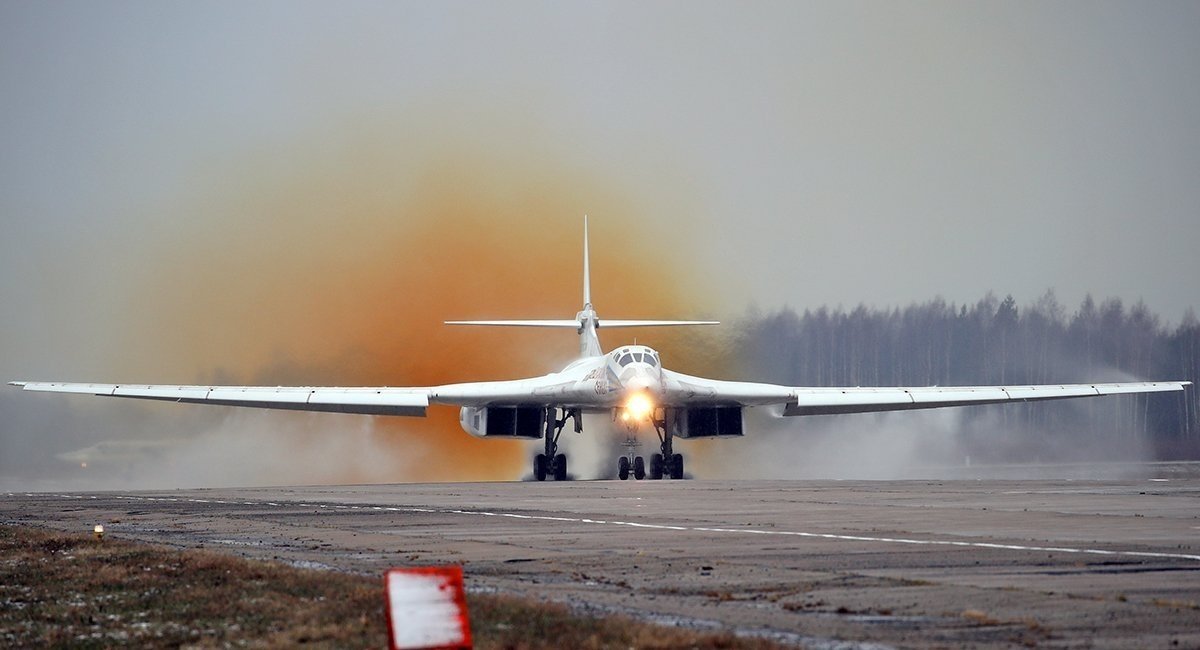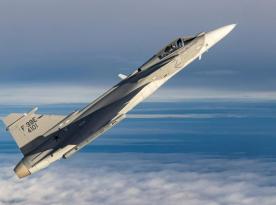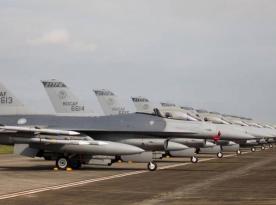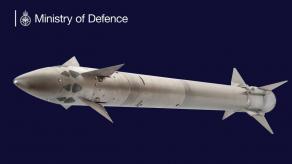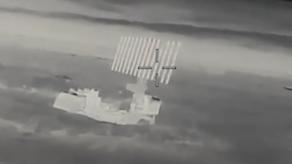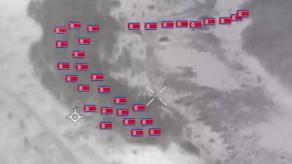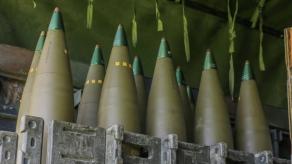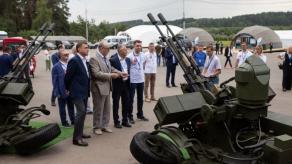After each russian missile attack, among other things, it is customary for Ukraine to "recall" that in 1999, Ukraine gave russia its Tu-160 strategic bombers and almost half a thousand Kh-55 missiles. So now, in 2022, we have almost no tools and for retaliatory strikes against russian military facilities.
Let’s pay attention to another point: during the last few strikes, the russians did not use the Tu-160 at all to "shoot" the cruise missile. However, it would be more logical: comparing the two strategic bombers, the Tu-160 can take up to 12 cruise missiles on board, and Tu-95MS up to 6-8 (depending on the type of the cruise missile and modification of the bomber).
Read more: How Many Days Will it Take the russians to Produce One Kh-101 Missile for a New Attack on Ukraine
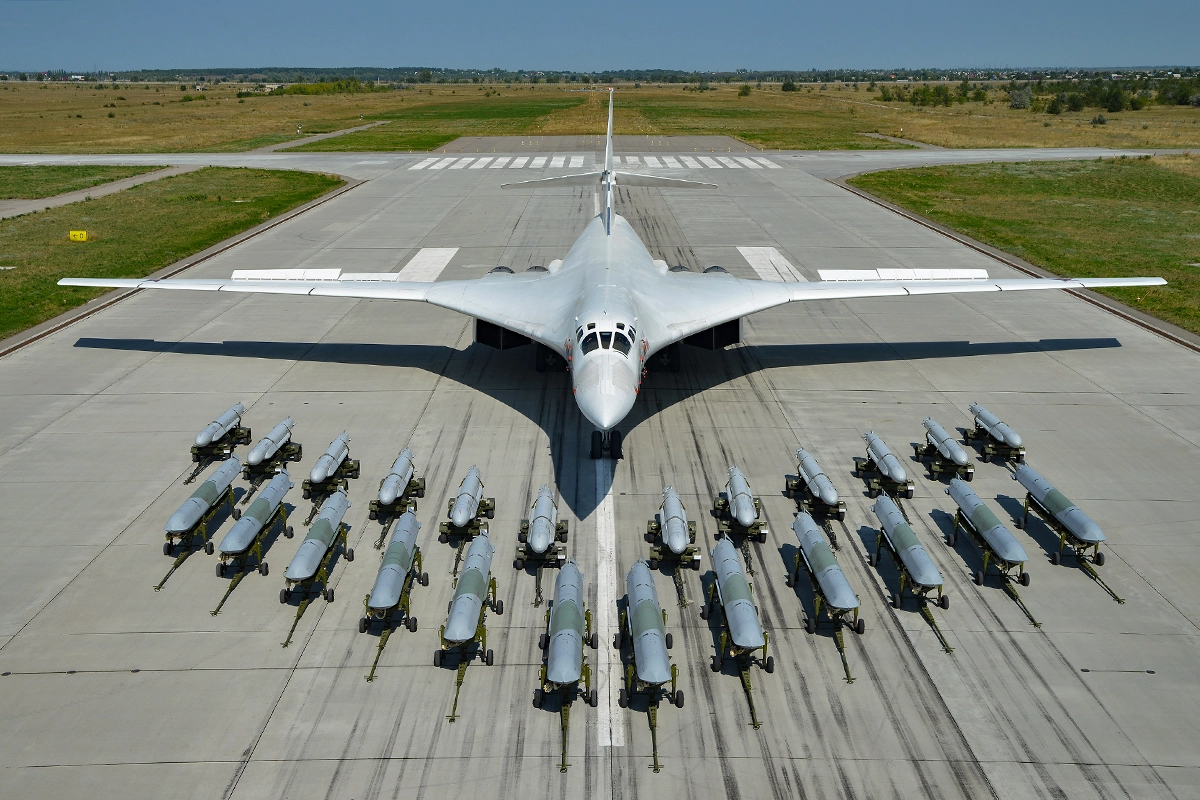
But why? A possible answer can be found in the magazine called "Aviatsiya y vremya" ("Aviation and time"), No. 4 as of 1995 (available online). The historical retrospective is the following. At the time of the collapse of the USSR, all Tu-160s, which later passed into the hands of the Ukrainian Air Force, were concentrated in the 184th Guards Heavy Bomber Aviation Regiment, which was then based at the airfield in Pryluky, Chernihiv Oblast. The first problem with the maintenance of these planes arose "from the start": only 25% of the flight personnel and 60% of the technical personnel swore allegiance to Ukraine.

Then the russian federation, aiming to get these bombers into its hands, began to put "sticks in the wheels". For example, the Tupolev Design Bureau "suddenly" refused its obligations to maintain the Tu-160 of the Ukrainian Air Force. And the lack of "domestic" aircraft technicians only exacerbated this problem.
The subjective inertia demonstrated by the military-political leadership of Ukraine at that time also played its role. For example, it was believed that Ukraine doesn’t have training grounds for Tu-160 crews, and that Ukraine does not have such tasks that require these bombers. All of that ultimately led to the episode of 1999 with the transfer of aircraft and missiles to russia in exchange for natural gas, which Ukrainians all still deeply regret about.
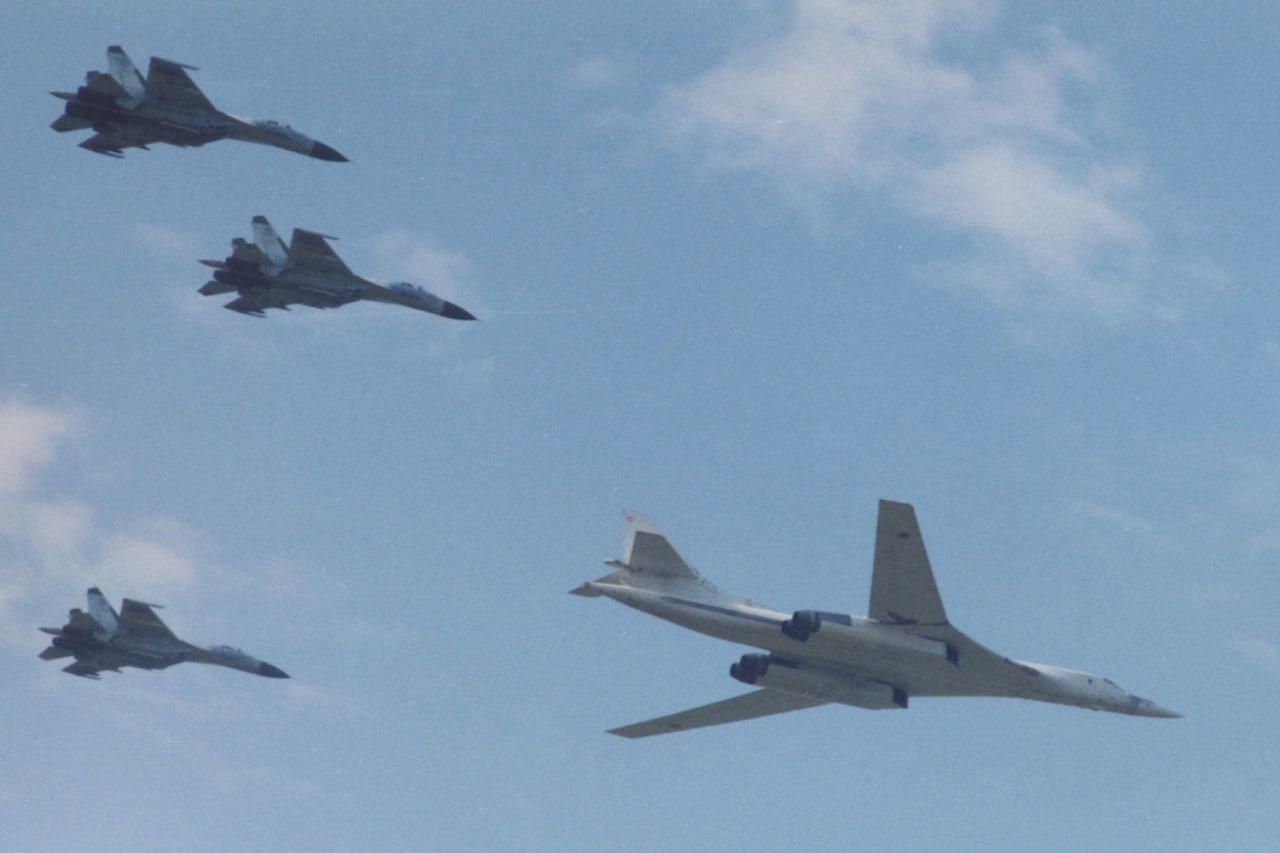
As for the maintenance problems of the Tu-160, which russians might have now, Defense Express will make the following correction. Indeed, "transferring" the realities of 1995 to the realities of 2022 may not be entirely correct. But here we are talking about a country that, for example, presents a "completely new" Tu-160M2, which in fact was made entirely of blanks from the late 1980s.
The first nuance that should be paid attention to is "dimensional". For example, the airfield in Pryluky (Chernihiv oblast, Ukraine) was the first where the Tu-160 was operated. And at this airport, the length of the runway was extended up to 3,000 meters, as this type of strategic bomber showed very high inertia during landing (simply put, there could be a risk of rolling off the runway due to pilot error).
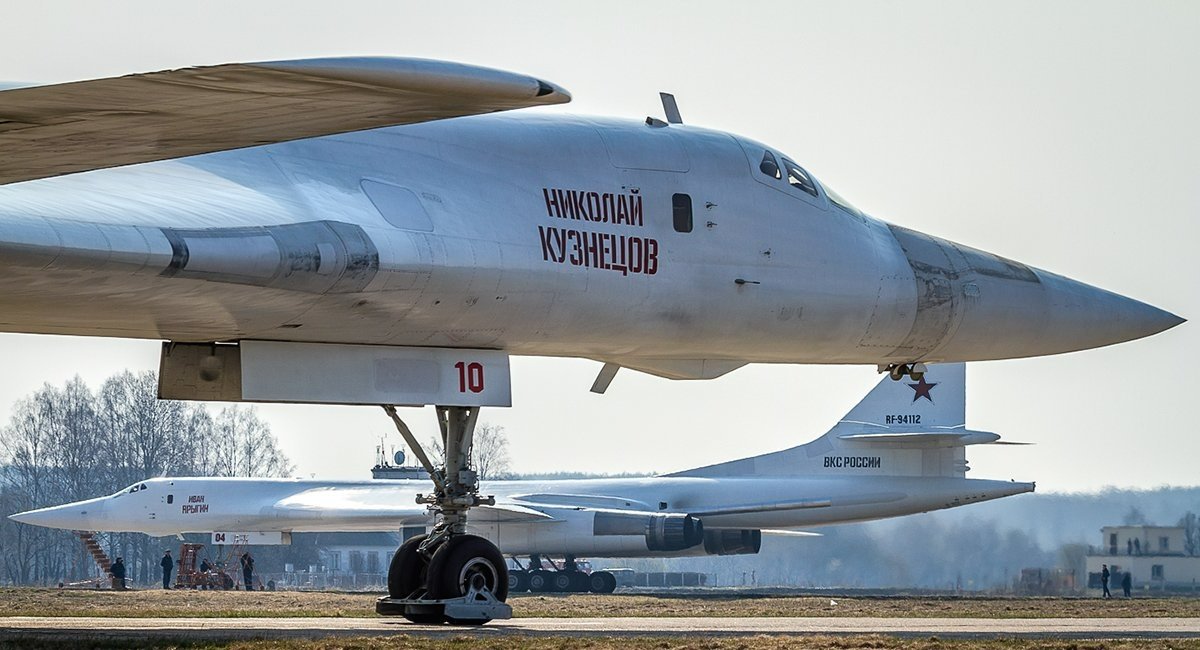
Another detail: practice has shown that it is better not to "fold" the wings on the Tu-160 to a sweep angle of 60 degrees in order to "save" space in the parking lot, because then the bomber immediately collapsed on its tail. That’s why russians park their Tu-160s only with the wings "spread" to a sweep angle of 20 degrees. Which in turn takes up a lot of space at the airport.
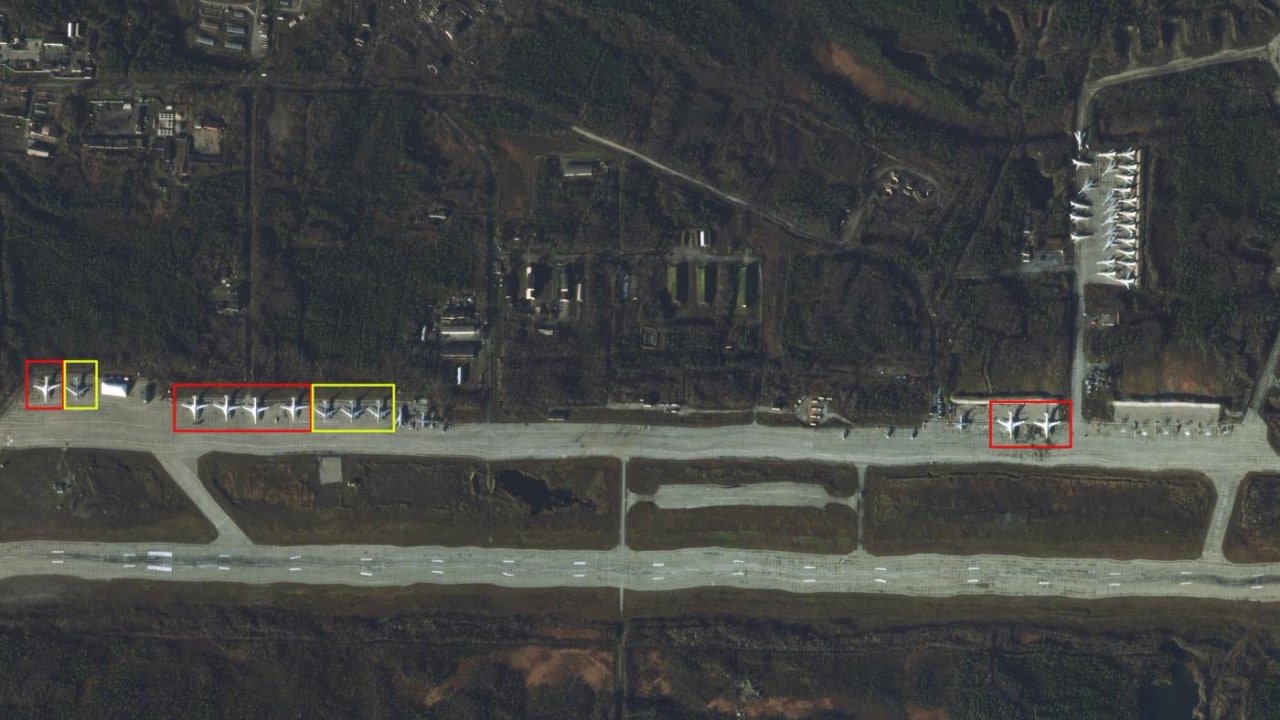
Of course, there will be the huge need for appropriate equipment at the airfields when dispersing Tu-160 fighters in russia. And how gigantic this necessity really is, can be shown by the following example.
It takes 64 man-hours of preparatory work to prepare one Tu-160 for takeoff. And 15-20 special vehicles for various purposes, including cars with mobile air conditioners, at least three TZ-60 fuel fillers and fuel nitriding installations, optionally a minibus with a ventilation system for the crew's high-altitude suits. The noise during the preparation of the aircraft for flight could reach 130 decibels, and the noise from the start of the auxiliary power plant seemed to exceed the pain threshold by 45 decibels.

It is difficult to say whether the russian Air Force currently uses such a "caravan of vehicles" to prepare the Tu-160s for flights. On current satellite images, we can see that much less equipment is used to prepare the Tu-95MS for takeoff. What can be determined by the fact that russians use this kind of strategic bombers more often.
Another technical aspect of the Tu-160 worth noting is their NK-32 engines. In the first years of operation, the problem was that sometimes these engines were very difficult to start. That is why, for example, during the development of the Tu-160 in Pryluky, the "change" of the crews was carried out with the power plant turned on, which was basically a kind of "pit stop".

Another nuance: at least in the first years of Tu-160 service, there were frequent failures of the Baikal on-board defense complex, which included means of radio-electronic warfare.
Apparently, russians temporarily stopped using these bombers in order to "save" the resource. However, on the other hand, this opens up a new question: since they need to do that, there might be some technical issues that prevent russia from applying more modern strategic bombers.
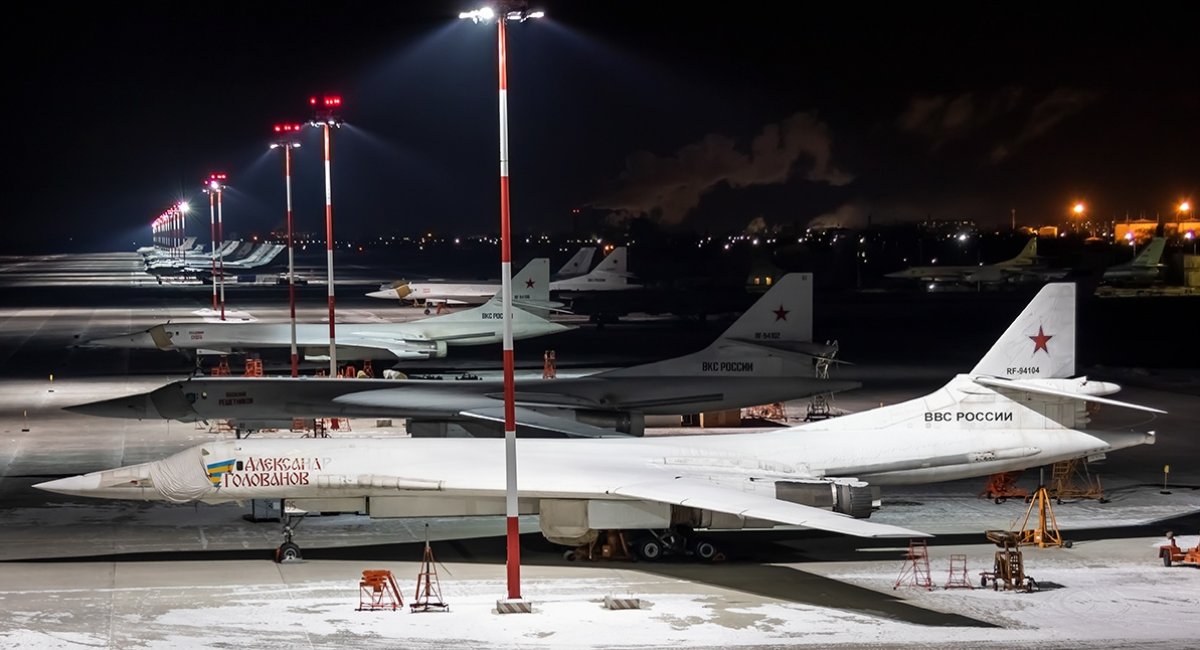
Read more: The russians Arranged a "Defense Ring" With Raptors And the Tor SAM to Take the Vessel With Kalibrs to the Sea




